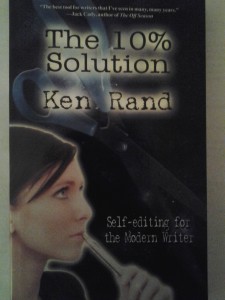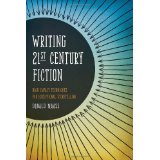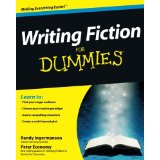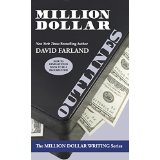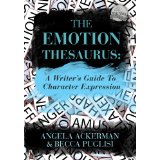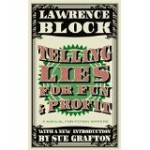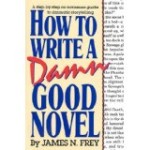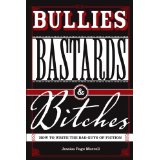We talk about writing being a solitary art. We go on and on about sitting alone in a room, writing stories that only we can hear in our heads with characters we create in worlds we manufacture, an internal creation that, in it’s inception, is as separate and isolated as the writer putting down the words.
Only, it’s not, strictly speaking, true, is it? I mean, yes, the story in our heads part is real, and often we are alone when we’re thinking about said story or writing said story, but when you think about, none of us really write in a vacuum.
Let me suggest that, rather than saying that a story is an internal creation, it is actually a creation of internalized experience. Experience, of course, based on the community in which we live, work, and play. And community is essential for good fiction.
Lets start at the beginning, the inception stage when everything is amorphous and at most we have bits and pieces of plot or setting or character. But these bits and pieces didn’t come out of the aether. It might feel like divine inspiration, but it’s not really. Its our lives, our friends, something we saw on TV or read in a book. Its all the people, places and things that our minds (whether consciously or not) squirrel away for whatever reason. It percolates in our heads until something cool comes out and we think, “Gee, that could make a groovy story.”
And the more experience, the wider our personal community we take in, the more inspired that grove can be, the more diverse and deep, in sum, the more realistic the story can become. Without taking part in the world, without that community, I dare say, story cannot exist. Inspiration would fall flat on it’s innocuous face.
Now, that’s just no fun.
I personally have trouble with this part. I spend too much time in my head and not enough taking in the world around me, but when I do pay attention, I’ve found some the best characters always have a basis in people I know. The same goes for places and even plots. Even though I’ve never been to another planet, I can still describe what it feels like to get sand in my shoes on that planet because I’ve been to a beach on this one. An analogue can alway be found in our personal experiences within our community for the details that place the reader there with a character.
But it’s not just the initial inspiration that comes from our community. One of the nicest things about having a large group of acquaintances, picked up from going to seminars and classes or starting up a conversation in the check-out lane at Wal-Mart, is that not only can you gain inspiration, but also gain sources for fact and reality-checking. Don’t know how to fly a plane? Ask a pilot. Network enough, and you’re sure to find one, or someone who knows one. Need to make sure you’re plots on the right track? Pick a friend who reads or join a writer’s group, if you’re so inclined.
My point is that you do not, in fact, live in a fortress of solitude. It’s not difficult to bring community into our writing lives. It’s already there. We just have to take the time to pay attention to it. Actually, it’s kinda hard to truly be alone in our writing (that is assuming you’ve not locked yourself in a bunker without the internet or television or anything, but let’s face it, if you had, you wouldn’t be reading this, so you wouldn’t notice to argue with me, now would you?).
Your community is right there, now go use it!
And while your at it, use our community to give you some seriously nifty books. Scoot that cursor right on over to the right and sign up for this week’s give away. And come back on Monday, and do it again for even more nifty books!

